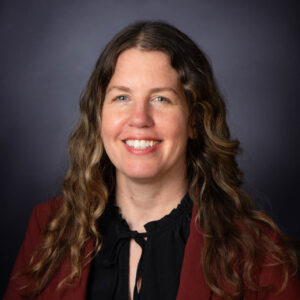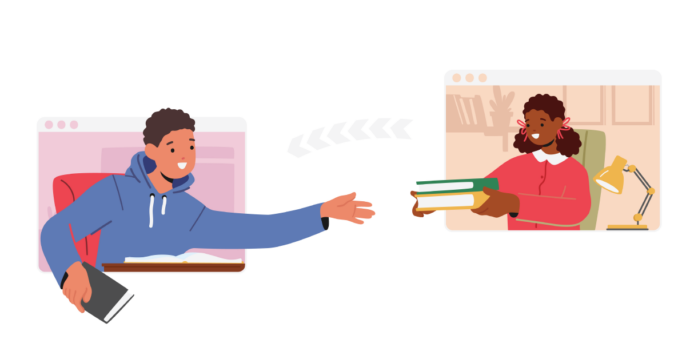The learner-centered education paradigm—brought to life through learner-centered approaches and public, equitable, learner-centered ecosystems—creates a path forward with the hope and healing needed within our political and public education landscape. It opens the door to bridge political divides and restore our care for each other and our communities, despite differences.
When I think about the education opportunities available for young people, I am quickly transported back to pivotal moments that shaped the unfolding of my children’s experiences. Each of them had very different journeys and I can clearly see the policies and conditions that influenced this. I have both stood amongst the privilege of choice and have grieved on the ledge of none when my older daughter spent most of high school in the juvenile justice system. I have experienced firsthand—as many have—how the current public education system serves some, but not all.
Professionally, I have witnessed the exhilarating moments in which political divides are set aside to prioritize education policies in service of learners and communities, and the sorrowful moments in which divides have become chasms. I have seen times in which policies can be the difference between hope and despair for a family. Through all of this, we can make the intentional choice to see beyond the binaries. We can do the work to channel blinding emotions into an energy that can be directed toward a commitment to equitable learner-centered system transformation, and explore how we can shift our perspectives toward what is possible—continuing to build a shared understanding of the purpose of public education.
This is Education Reimagined’s commitment across all of our work, and is reflected in our recently published policy and conditions report, “Progress and Possibilities to Support Learner-Centered Education and Ecosystem Design.” The report not only elevates the existing policies and conditions that can be leveraged by the learner-centered field, it also shares the bright spots of where there is momentum, levers required for sustainable transformation, and the power of language, intent, and co-creation with communities.
Our hope is that these insights create an orientation of empowerment for what is possible. The most powerful tool we hold begins in each of our unwavering commitments to a learner-centered future. If we start from this proposition, it shifts the aperture to see the real possibilities that can be leveraged for learner-centered design, in harmony with our lived experiences, communities, commitment to each other, and the inner wisdom each of us holds.
Our hope is that these insights create an orientation of empowerment for what is possible. The most powerful tool we hold begins in each of our unwavering commitments to a learner-centered future.
Sarah Bishop-Root
In the report, I write, “Making this shift demands a broader perspective, one that embraces flexibility to usher in new and transformative possibilities for the future of education. While creating flexibility through policies and conditions is a first step, seizing the power of that flexibility is much more complex. It must be grounded in human-centeredness, including relationships, trust, and shared vision and buy-in for what needs to be changed. It requires the willingness for stakeholders across systems to acknowledge that taking risks to create space for invention is required to break down the historical systemic walls that hold the current system intact.”
The landscape analysis that informed the report illuminates the concrete possibilities that can be leveraged for learner-centered design. However, on a deeper level, throughout the process of developing the report, what impacted me the most was a deeper understanding of the relational orientation of the work. This emerged through conversations and meaningful connections with colleagues and learner-centered stakeholders across the country, passionately committed to their work and communities. Listening to each other, including understanding our expertise and lived experiences, will help us move toward a common understanding of what we want public education to be—supportive, empowering, and a public good, essential for the long-term success of all young people and our nation. When I think about how my own children—and the youth and families in the communities in which I have lived—would have benefited from more access to learner-centered education, I am motivated to continue participating in empowering each other to move towards a learner-centered future.
We invite you to explore the report and reach out to discuss it further or if you would like deeper insight into your state’s policy landscape. We are excited to walk together towards a learner-centered future of public education.




